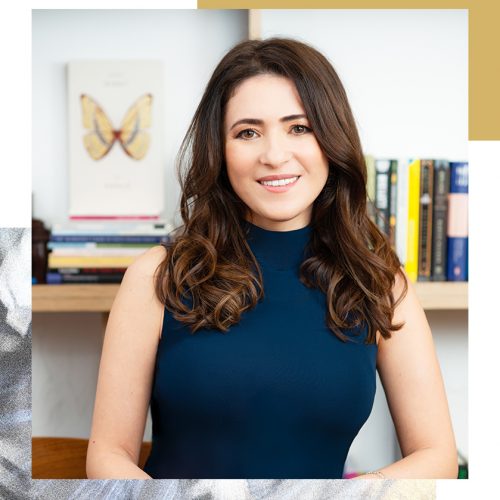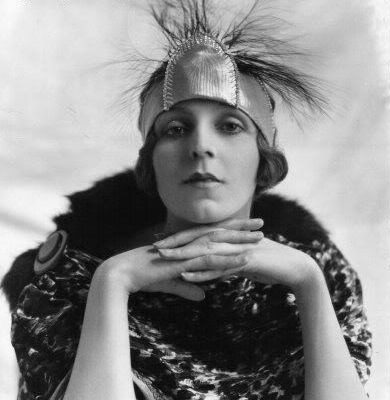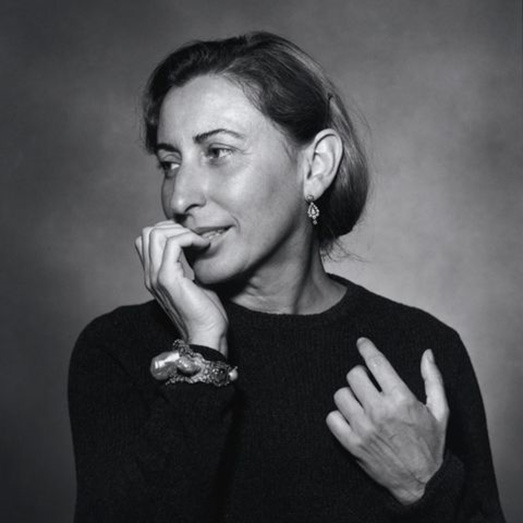Jacques Fath
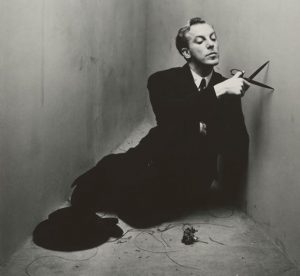
Born in France in the early 20th century, Fath grew up in a time of turmoil and unrest. Captured by the Nazi army, Fath eventually returned to Paris and was able to draw on the support of fellow Parisians opposed to the Nazi regime to build a following. In 1937, Fath launched his own collection out of a petite salon in the 8th arrondissement of Paris. Two years later, the designer wed Geneviève Boucher, a model and former secretary to Coco Chanel. As Fath and his wife expanded the brand to suit American audiences, he was also becoming a household name amongst the elite clientele of Paris. The couturier pioneered a number of fashions, including lace-top hosiery and glove-fitting ensembles, in addition to launching a fragrance line in 1946. Fath’s innovative designs and cross-continental reach would establish his brand as one of the most prominent postwar design houses, in company with Dior and Balmain.
Background:
The son of André Fath, an Alsatian-Flemish insurance agent, Jacques Fath came from a creative family. His paternal great-grandparents, Caroline and Georges Fath, were fashion illustrators and writers, and his paternal grandfather was a landscape painter. Unlike the other fashion entrepreneurs we have so far profiled, Fath had a relatively affluent upbringing and grew up in a family of intellectuals and creatives. In fact, he grew up learning about art and history and would attend many museums and art galleries with his family – a habit that would come to influence him to become a fashion entrepreneur.
Entrepreneurial Profile:
Jacques Fath did not study fashion, but had a keen understanding and exposure to the world of art and creativity, and learned about fashion from books. He was a self-taught designer, who started his own venture from a small studio on Rue de la Boetie and hired well-known designers to apprentice with him – Hubert de Givenchy, Guy Laroche and Valentino Garavani. He was a popular designer, particularly known for dressing the young Parisienne, and had the ability to add seductiveness to fashion. He appealed to the Parisian socialites, as well as the American celebrities and the jet setters. He had a keen understanding of what his customers wanted, and while his contemporaries were focused on creating new silhouettes, he was more concerned with styling and courting new clients. When he was drafted as a gunner during the Second World War, and after the war, he was one of the few fashion entrepreneurs to restart his business, and continue his operations from he left off, and set his sights on a newly booming market: America. While he was not established and well-known by the American consumers, as well as the other Parisian designers, he still secured a deal to produce ready-to-wear cline with the Seventh Avenue manufacturer, called Joseph Halpert. He dressed Rita Hayworth when she married Prince Ali Khan.
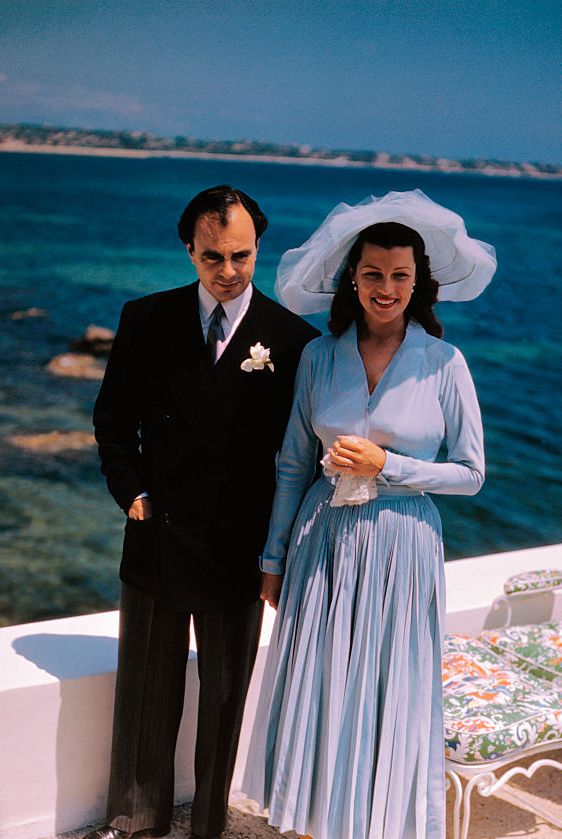 Actress Rita Hayworth in a Jacques Fath wedding dress when marrying Prince Ali Khan.
Actress Rita Hayworth in a Jacques Fath wedding dress when marrying Prince Ali Khan.
Photo source: CR Fashion
Key Success Factors:
Jacques Fath’s trademarks were his slender cut waist and fitted bodice that emphasized feminine curves and made women look sexy. He had the ability to add seductiveness to fashion, and similar to Christian Dior made the feminine form be the center stage in his creations. He was not schooled in fashion design, but he did not let that hold him back from becoming a fashion entrepreneur and eventually proving that he had a keen eye for fashion and talent, by employing young fashion designers, who will eventually make their mark in the industry. He courted the press and had a good understanding of the communication process that fashion depended on, eventually dressing the Parisian elite, Hollywood celebrities such as Rita Hayworth, being in the pages of leading fashion magazines.
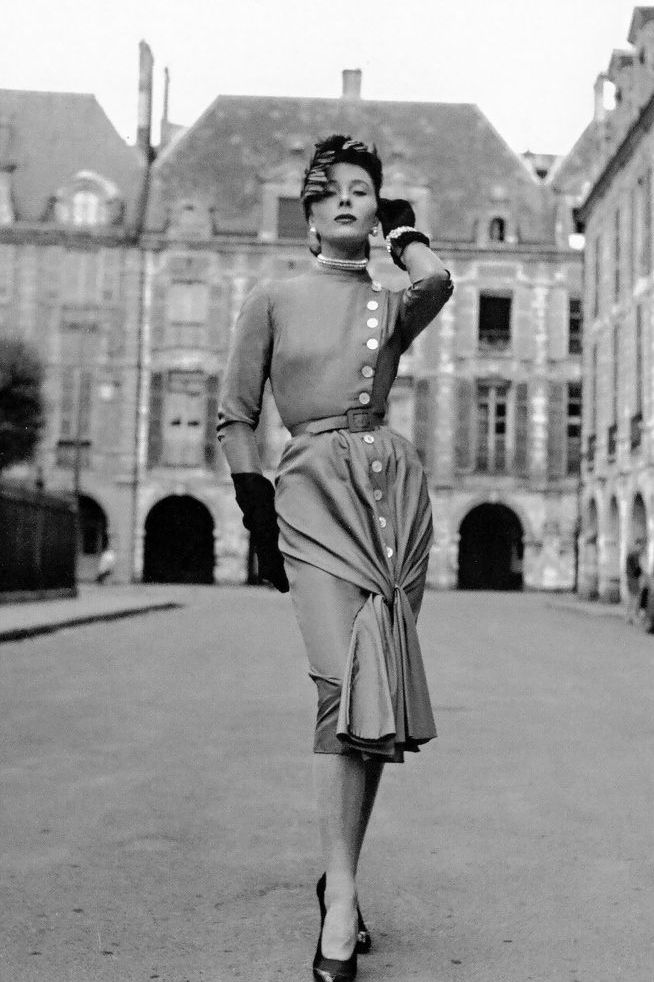 The first supermodel Bettina in a Jacques Fath ensemble.
The first supermodel Bettina in a Jacques Fath ensemble.
Photo source: CR Fashion
